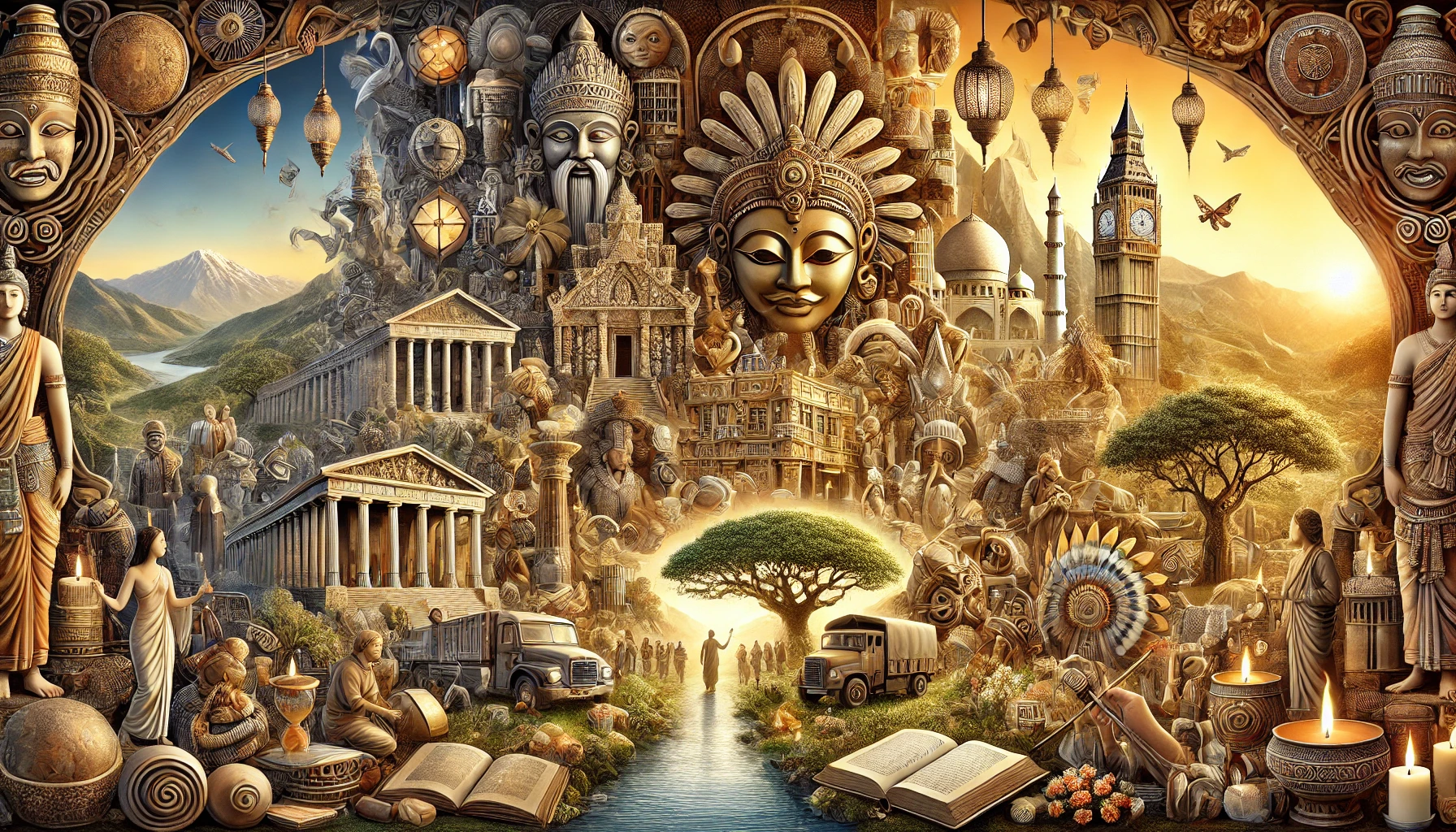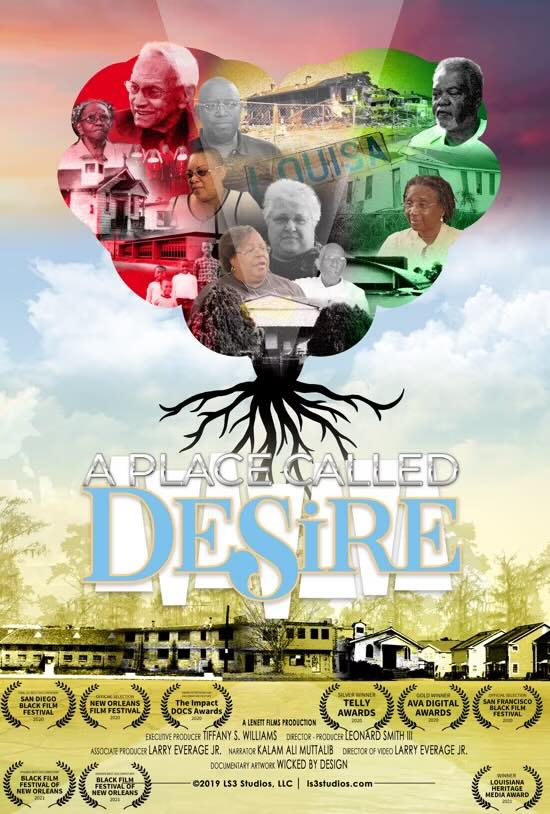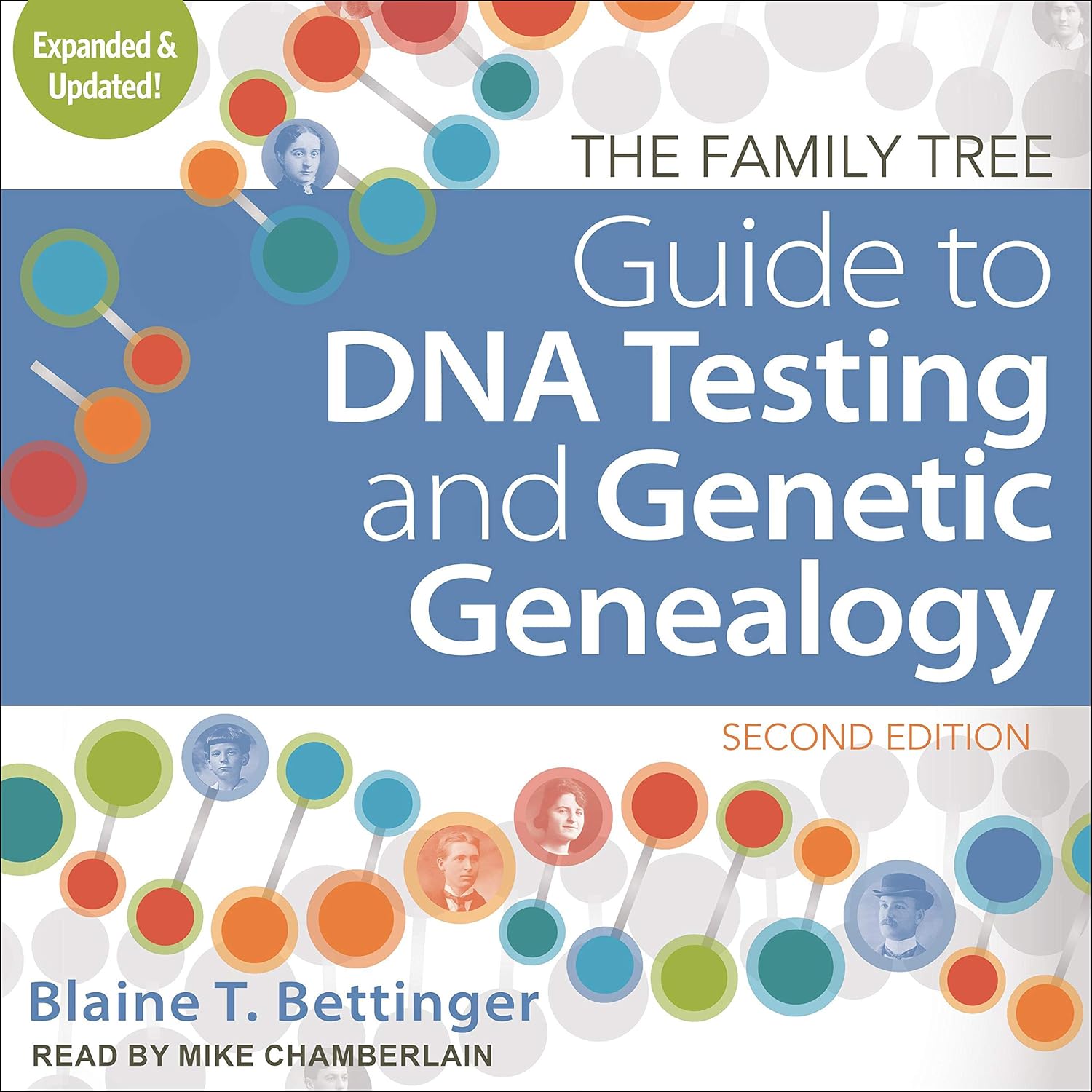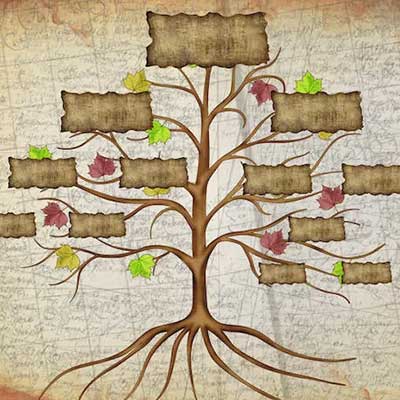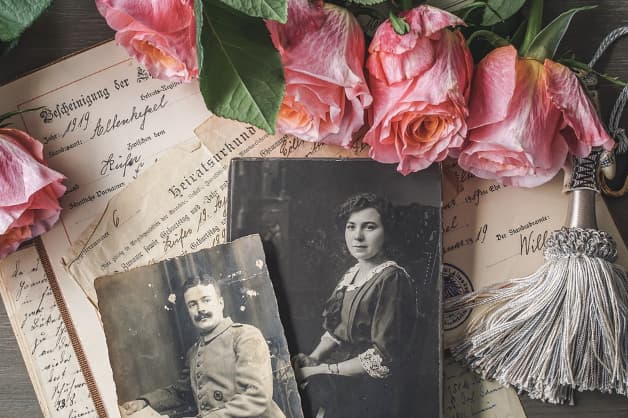- Home
- Importance of Family Storytelling
- Cultural Legacy
Cultural Legacy: A Timeless Connection to Humanity’s Roots
Discover the significance of cultural legacy, its role in shaping identity, and the importance of preserving it for future generations. Explore its components, challenges, and impact on modern society.
Cultural legacy serves as humanity’s bridge between the past, present, and future. It encompasses the traditions, values, and tangible artifacts passed down through generations, representing a society's heart and soul. This legacy offers profound insights into our shared history, shaping identities and fostering a sense of belonging. This article will explore the concept of cultural legacy, its various components, and its evolving role in the modern world.
Understanding Cultural Legacy
What Is Cultural Legacy?
Cultural legacy is the accumulated heritage of a community or civilization, handed down from one generation to the next. It includes tangible elements like monuments and artifacts and intangible aspects such as language, traditions, and folklore. This legacy is a testament to human creativity, resilience, and ingenuity.
Why Is Cultural Legacy Important?
Cultural legacy offers individuals and communities a sense of identity and pride. It acts as a lens through which we view history, fostering unity and understanding. Preserving this legacy ensures that future generations can connect with their roots and learn from the experiences of their predecessors.
The Components of Cultural Legacy
Tangible Heritage
Tangible heritage consists of physical items that hold historical, artistic, or cultural significance. Examples include ancient monuments, manuscripts, and artworks. Sites like the Great Wall of China, the Colosseum in Rome, and Stonehenge illustrate how tangible heritage shapes our understanding of history.
Intangible Heritage
Intangible heritage includes traditions, rituals, and languages that define a culture’s identity. From traditional dances like Flamenco in Spain to oral storytelling traditions in Africa, these intangible elements breathe life into a culture’s story.
Natural Heritage
Natural heritage refers to landscapes, ecosystems, and biodiversity that hold cultural significance. Examples include sacred groves, national parks, and World Heritage Sites like the Great Barrier Reef. These spaces symbolize humanity’s deep connection to nature.
The Evolution of Cultural Legacy
How Cultures Change Over Time
Cultural legacy evolves as societies grow and adapt to new influences. Migration, colonization, and trade have historically brought about significant cultural exchanges, enriching legacies while presenting challenges to their preservation.
Globalization’s Role
Globalization has accelerated cultural exchanges, creating opportunities for learning and collaboration. However, it has also introduced risks like cultural homogenization, where global trends overshadow unique traditions.
The Role of Storytelling in Cultural Legacy
Oral Traditions
Storytelling has been a cornerstone of cultural legacy for centuries. Tales passed down through generations preserve lessons, beliefs, and traditions. Examples include Native American folklore and ancient Greek myths.
Modern Storytelling
Today, storytelling takes new forms through literature, film, and digital media. Movies like "A Place Called Desire" and books like One Hundred Years of Solitude celebrate and preserve cultural traditions innovatively.
The Impact of Technology on Cultural Legacy
Digital Preservation
Technology has revolutionized how cultural legacy is preserved. Digital archives, virtual museums, and 3D reconstructions allow people to experience and learn about heritage from anywhere in the world.
Potential Threats
While technology aids preservation, it can also dilute cultural uniqueness. Social media and mass communication sometimes prioritize trends over traditional practices, risking the erosion of cultural identity.
Cultural Legacy and Identity
Shaping Personal and Collective Identity
Cultural legacy is a vital part of identity. It shapes how individuals see themselves and their place in the world, fostering a sense of pride and belonging.
Pride in one’s heritage inspires communities to safeguard their traditions. Celebrations like India’s Diwali or Mexico’s Día de los Muertos demonstrate how cultural pride keeps traditions alive.
Rapid urbanization often threatens heritage sites. Ancient landmarks are at risk of being overshadowed or destroyed by modern developments.
With globalization, many languages and traditions are disappearing. UNESCO estimates that nearly half of the world’s languages could vanish by 2100.
Incorporating heritage into urban planning enhances cultural identity. Cities like Kyoto, Japan, Prague, and the Czech Republic showcase how modern living can coexist with historic preservation.
Cultural tourism offers a way to celebrate and support heritage economically. Destinations like Petra in Jordan and Machu Picchu in Peru attract millions of visitors annually, promoting cultural exchange.
The Future of Cultural Legacy
Adapting to Change
The future of cultural legacy depends on its adaptability. By integrating modern tools and technologies, communities can safeguard their heritage while making it accessible to new audiences.
Empowering Youth
The younger generation plays a crucial role in preserving cultural legacy. Educational programs and cultural festivals encourage youth to take pride in their heritage and carry it forward.
FAQs About Cultural Legacy
1. What is cultural legacy?
Cultural legacy encompasses the traditions, values, artifacts, and practices passed down through generations, defining a society's history and identity.
2. Why is preserving cultural legacy important?
Preservation fosters identity, unity, and understanding, ensuring that future generations can connect with their roots.
3. How does globalization impact cultural legacy?
While globalization enriches cultural exchanges, it can also lead to homogenization and the loss of unique traditions.
4. What role does technology play in preserving cultural legacy?
Technology aids preservation through digital archives and virtual exhibits but may also risk cultural dilution through mass media.
5. What are some examples of cultural legacy?
Examples include the Great Wall of China, traditional Japanese tea ceremonies, and the biodiversity of the Amazon Rainforest.
6. How can individuals help preserve cultural legacy?
Individuals can support cultural initiatives, document traditions, and engage in educational programs that promote heritage.
